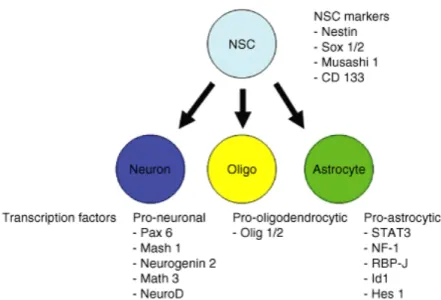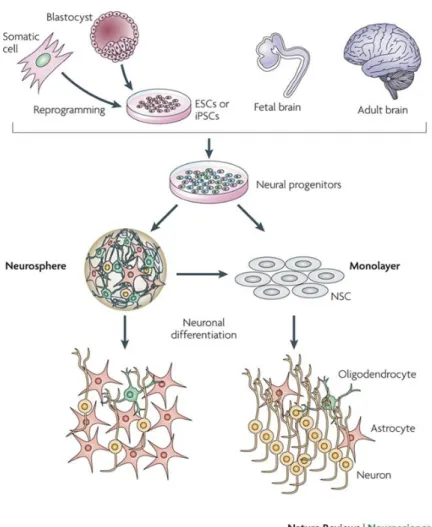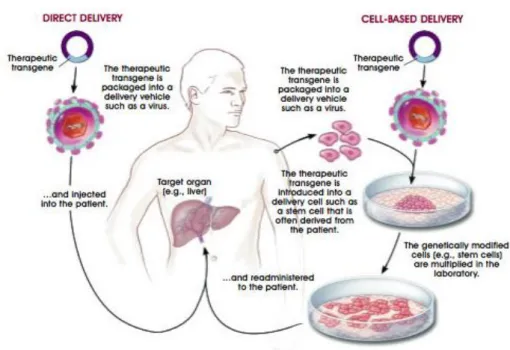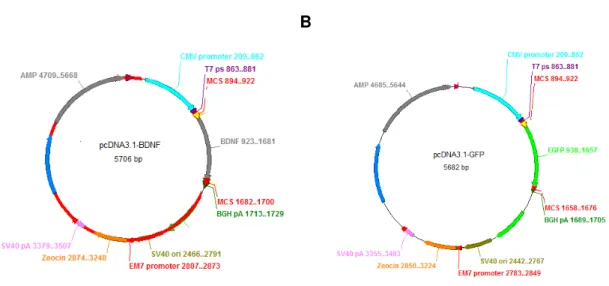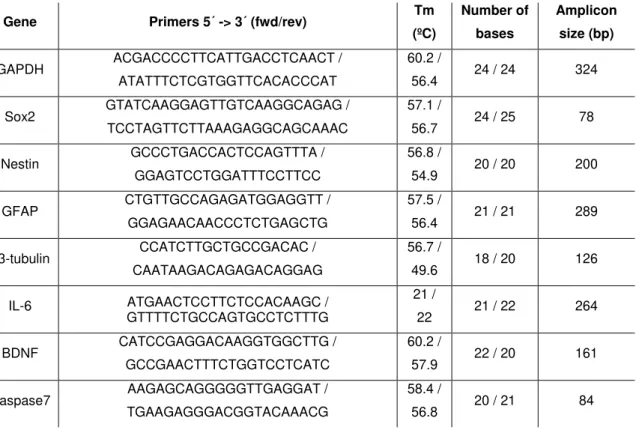Fábio Gabriel Pereira Lampreia
Texto
Imagem
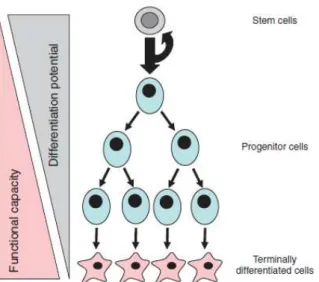
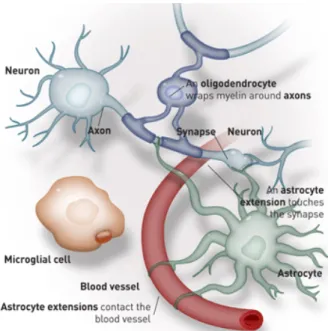
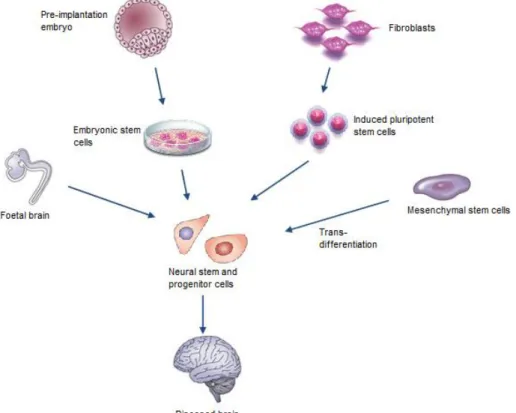
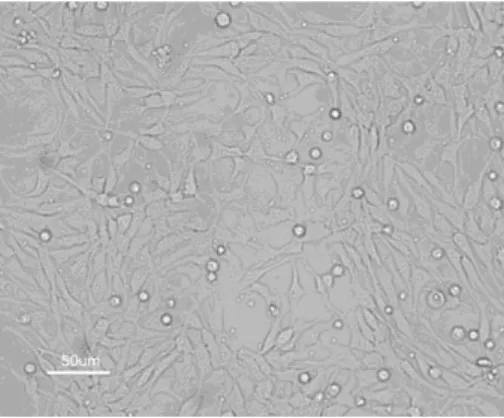
Documentos relacionados
A feasibility of useful cell-based therapy by bone regeneration with deciduous tooth stem cells, dental pulp stem cells, or bone marrow-derived mesenchymal stem cells for
Our goals in this work were to carry out a detailed immunocytochemistry study of mouse ES cell neural differenti- ation following the generation of neural progenitors, glial cells
Transplantation of human embryonic stem cell-derived neural precursor cells and enriched environment after cortical stroke in rats: cell survival and functional
(2015) Use of Ferritin Expression, Regulated by Neural Cell-Specific Promoters in Human Adipose Tissue-Derived Mesenchymal Stem Cells, to Monitor Differentiation with Magnetic
Gene expression in human neural stem cells: effects of leukemia inhibitory factor // J.. Embryonic stem cells capable of differen- tiating into desired cell lines
Intracerebral transplantation of bone marrow stromal cells in a 1-methyl-4-phenyl-1,2,3,6-tetrahydropyridine mouse model of Parkinson’s disease. Human mesenchymal stem cells
As a first approach, we investigated the presence of transcripts related to pluripotency and ion channels subunits in the USP-1 cells. 1A) confirmed, as expected, the
Objective: To correlate neurotrophic factors – brain-derived neurotrophic factor (BDNF), glial cell line- derived neurotrophic factor (GDNF), and beta-nerve growth factor (beta-NGF)
